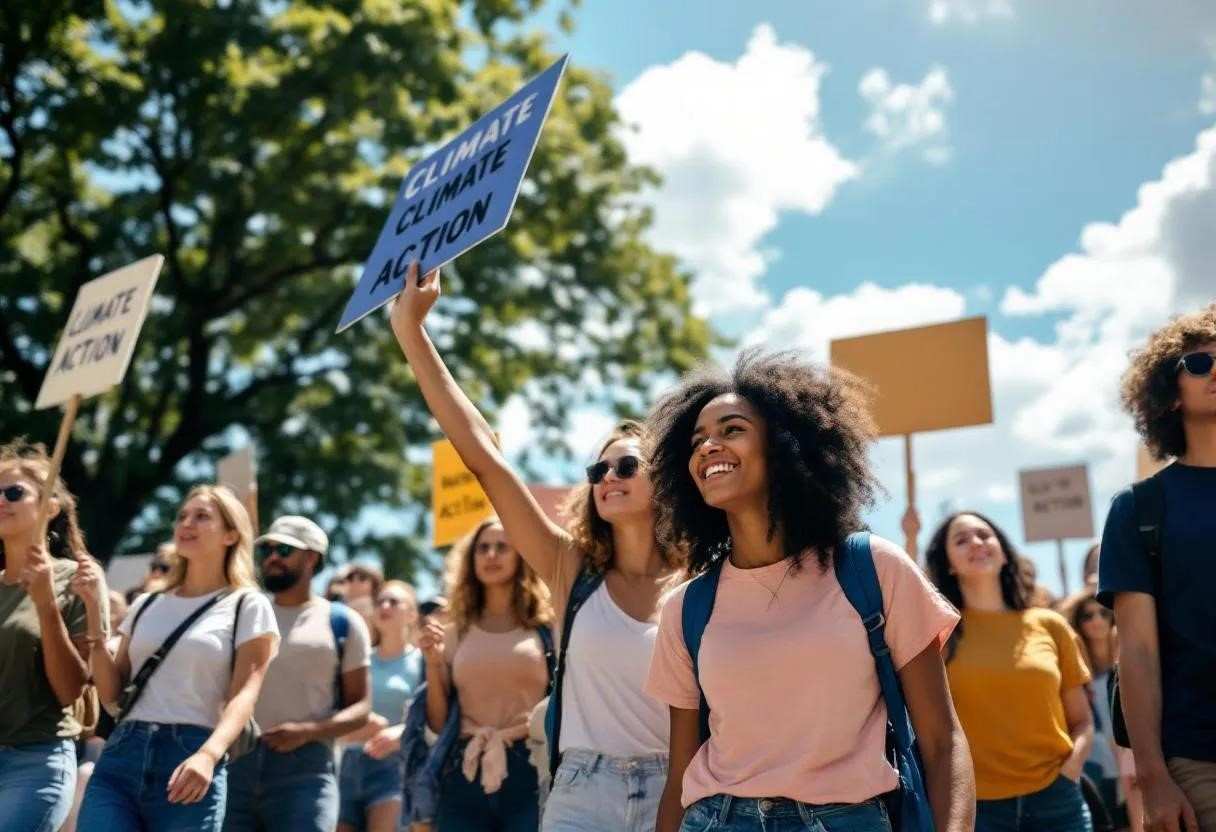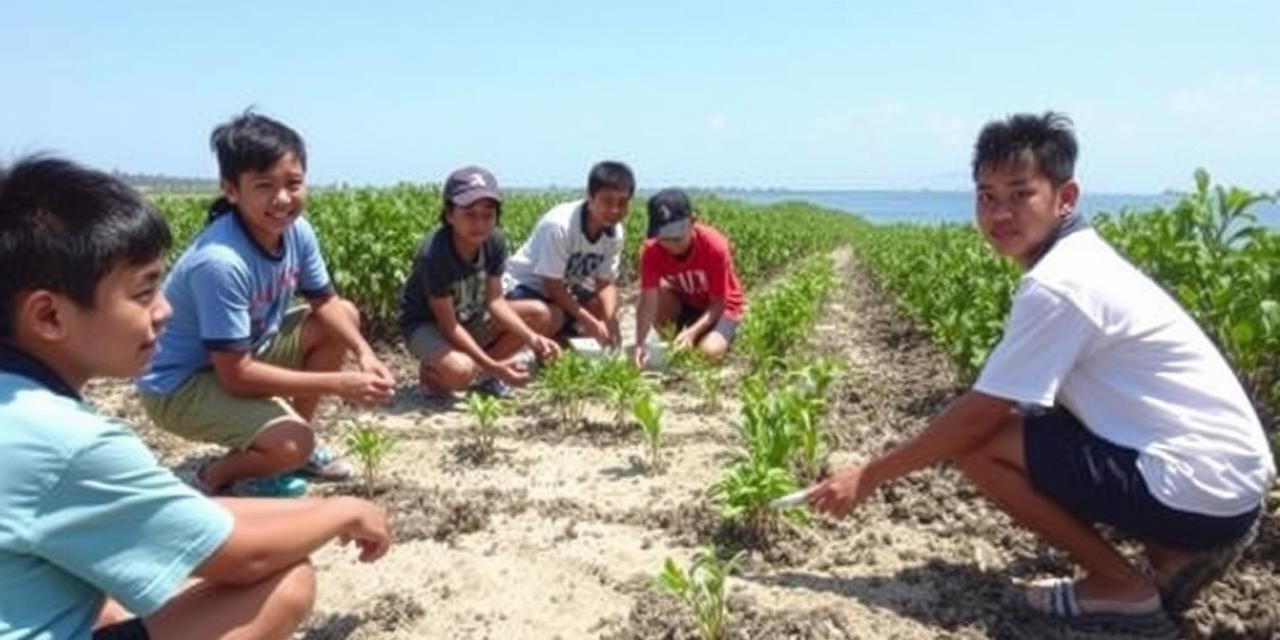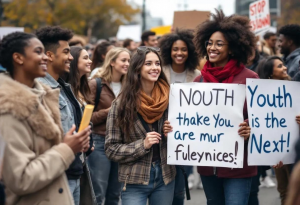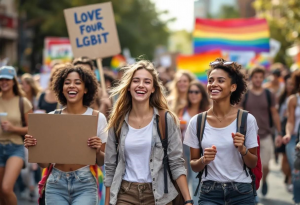
“Hindi baleng maliit, basta’t sama-sama.” It means, “It doesn’t matter if it’s small, as long as we’re together.” That’s a Filipino saying that really hits home when I think about youth climate activism. I grew up in Cebu, a probinsyano (someone from the province), and the environment has always been a part of me. Seeing those typhoons and the rising sea levels wreck our coastal communities sparked something in me. That’s what pushed me into social work and led me to create Kabalikat Para Sa Kabataan – Partners for the Youth.
The climate crisis? It’s not some far-off problem. It’s here, now. And let’s be real, the older generation kinda dropped the ball on this one. We, the youth, are the ones who will have to live with the consequences. But hey, we’re not just victims. We’re stepping up, organizing huge protests, and figuring out new solutions. We’re the kabataan (youth), and we’re demanding a future that’s actually sustainable.
Why Youth Climate Activism Matters: Our Voices, Our Future
Why should you listen to us? Well, we’ve got this raw energy, a fresh perspective, and a serious sense of urgency. We’re not tied down by the same old political and economic baggage as the older folks. That means we can think outside the box and challenge the way things are. Plus, let’s face it, we’re the ones who are going to be stuck with the consequences if we don’t fix this mess. Talk about motivation!
And here’s the thing: we grew up with the internet. We know how to use social media to get the word out, rally support, and hold leaders accountable. We can connect with people all over the world and build a movement. Forget traditional media, we’re going straight to the people.
Youth-Led Climate Initiatives: Real Action, Real Impact
All over the Philippines, and across the globe, young people are taking charge. They’re not waiting for someone else to fix things. Take a look at what’s happening:
- Youth Strike 4 Climate: Remember Greta Thunberg? She started something amazing. This global movement has gotten millions of young people to demand climate action from their governments.
- Fridays for Future: Skipping school to save the planet? These guys are doing it. They’re organizing school strikes to push for real climate action, right now.
- Zero Hour: Education is power, and Zero Hour gets it. They’re all about teaching young people about climate change and giving them the tools to make a difference in their communities.
- Local initiatives in the Philippines: Coastal cleanups, planting trees – young Filipinos are all in. They’re also pushing for sustainable farming and promoting eco-tourism in their own backyards.

These initiatives showcase the power of youth-led action, demonstrating how young people are not just talking about change but actively creating it on the ground. Each seedling planted, each protest organized, and each voice raised contributes to a growing wave of momentum towards a more sustainable future.
The Hurdles We Face: Challenges for Young Activists
It’s not all sunshine and rainbows, though. Young activists face a lot of obstacles. People often brush us off as just being naive or idealistic. And sometimes, our voices just aren’t taken seriously by the people in power. Plus, we often lack the money and resources to really make a difference.
And let’s not forget the emotional toll. Learning about the climate crisis can be seriously depressing. It can lead to anxiety, grief, and feeling like there’s nothing you can do. That’s why it’s so important for young activists to take care of their mental health and find healthy ways to deal with these feelings. We need to support each other.
Bridging the Gap: Intergenerational Collaboration
Here’s the truth: we can’t do this alone. Fixing the climate crisis is going to take everyone working together – young and old. We need the experience, resources, and political clout of the older generations to help us get our voices heard and make real change happen. But they also need our energy, creativity, and fresh ideas to come up with new solutions.
So, how do we make this happen? Mentorship programs are a great start. Imagine experienced professionals sharing their knowledge with young activists. We also need spaces where people of all ages can talk, share ideas, and come up with plans together. Let’s get the conversation going!
This workshop exemplifies the kind of collaborative environment needed to address climate change effectively. By bringing together diverse perspectives and experiences, these workshops foster mutual understanding and inspire collective action. They serve as a reminder that solving the climate crisis requires a united front, where every voice is heard and valued.
You Can Help: Supporting Youth Climate Action
Want to be a part of the solution? Here’s how you can support youth climate action:
- Listen up: Really listen to what young people are saying. Take their concerns seriously and value their ideas.
- Spread the word: Share their stories and projects on social media and in your community. Let’s amplify their voices!
- Give what you can: Donate to youth-led climate organizations or offer your time and skills. Every little bit helps.
- Speak up: Tell your elected officials to support policies that help young people fight climate change.
- Get informed: Learn more about the climate crisis and share what you know with your friends and family.
Our Future, Our Responsibility
The climate crisis is a huge challenge, no doubt. But we can overcome it. By working together, across generations and borders, we can build a future that’s sustainable for everyone. The youth are leading the charge, and it’s up to us to support them. Kaya natin ‘to! (We can do this!) Let’s empower young Filipinos, and young people everywhere, to become climate leaders and create a better tomorrow.
Like I always say, the future isn’t something we wait for. It’s something we build, brick by brick, bayanihan style. And with the energy and passion of our youth, I have hope that we can build a future that is not only sustainable but also just and equitable for all.
Your Questions Answered: Youth and Climate Action
- Q: Why are young people so passionate about climate activism?
- A: Simple: we’re going to be the ones living with the consequences. We’re also more open to new ideas and challenging the way things are.
- Q: What’s the best way for young people to get involved?
- A: So many ways! Join a climate organization, protest, push for policy changes, and make sustainable choices in your everyday life.
- Q: How can adults help?
- A: Listen to us, share our stories, give us resources, and advocate for policies that support us.
- Q: Why is education so important?
- A: Education gives us the knowledge, skills, and critical thinking we need to understand the crisis and come up with solutions.
This image captures the essence of youth climate activism: passion, determination, and a clear message for change. It serves as a reminder that young people are not just concerned about the future but are actively fighting for it, demanding action from those in power.
Beyond activism and advocacy, young people are also driving innovation in sustainable technologies. This image highlights the role of young scientists in developing solutions to the climate crisis, demonstrating that the youth are not only concerned about the problem but are also actively working towards creating a more sustainable future through research and development.

